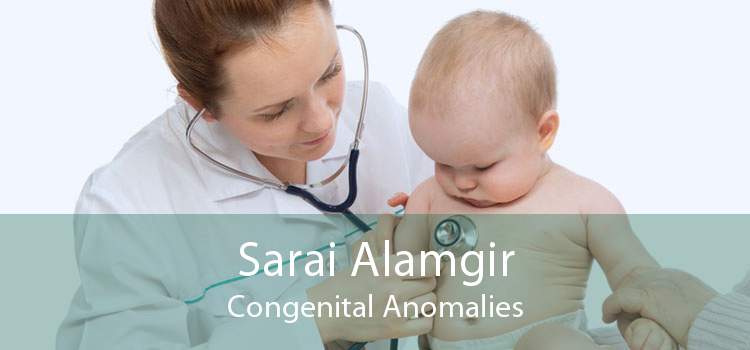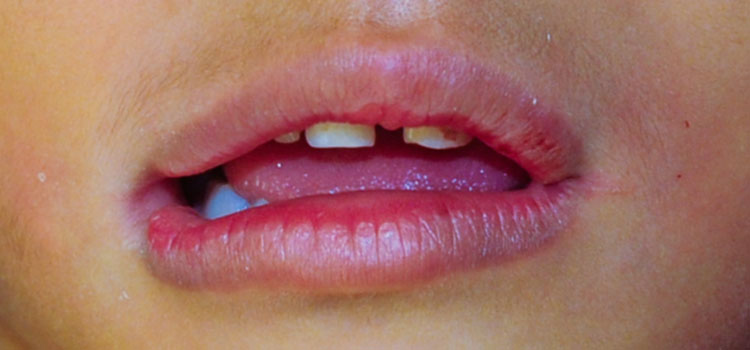About 3% to 4% of all babies born in the Sarai Alamgir have congenital abnormalities that will affect the way they look, develop, or function—in some cases for the rest of their lives. Congenital abnormalities are caused by problems during the fetus's development before birth. It is important for moms and dads to be healthy and have good medical care before and during pregnancy to reduce the risk of preventable congenital anomalies.
Advances in perinatal testing and new diagnostic tests (i.e. amniocentesis, chorionic villus sampling, etc.) have made it possible to detect chromosomal and genetic related causes of congenital abnormalities earlier.
Categories of Congenital Abnormalities
Chromosome Abnormalities
Chromosomes are structures that carry genetic material inherited from one generation to the next. Twenty-three come from the father; twenty-three come from the mother. The genes carried on the chromosomes determine how the baby will grow, what she will look like, and to a certain extent, how she will function.

Common congenital anomalies
Cleft lip and palate abnormalities are congenital anomalies commonly treated by plastic surgeons, who repair the incomplete formation of the patient's upper lip or roof of the mouth. These conditions often impede the patient's regular function, specifically in the nose and mouth area, which can negatively affect an individual's ability to speak, eat, hear and even breathe properly. If left untreated, these conditions could undermine a patient's development and ability to function. In most cases, surgery is required to repair the anomaly.
Plastic surgeons restore function and appearance for a host of other congenital anomalies, including the following. If your child has a congenital condition that could benefit from reconstructive surgery, find and speak with a plastic surgeon who specializes in reconstructive surgery:
-
Acrosyndactyly
-
Amelia
-
Anophthalmia
-
Brachydactyly
-
Central ray deficiency / Cleft hand
-
Cleft lip and palate
-
Congenital blepharophimosis
-
Congenital nasal pyriform aperture stenosis
-
Congenital proximal radioulnar synostosis
-
Congenital breast reconstruction
-
Constriction ring syndrome
-
Craniofacial microsomia
-
Craniosynostosis
-
Cryptotia
-
Duplicated thumbs
-
Ear deformations or malformations
-
Facial clefts
-
Hypospadias
-
Macrostomia
-
Maxillofacial dysplasia
-
Microphthalmia
-
Microtia
-
Möbius syndrome
-
Oligodactyly
-
Orbital dysplasia
-
Phocomelia
-
Poland syndrome
-
Polysyndactyly
-
Radial longitudinal deficiency / Radial club hand
-
Symphalangism
-
Syndactyly
-
Synostosis (same as craniosynostosis)
-
Tuberous breast deformity
-
Ulnar Longitudinal Deficiency

This list offers only a few of the many diagnoses. Every day, plastic surgeons provide life-saving treatments to individuals with congenital anomalies. They often work with a team of specialists that includes oral surgeons, orthodontists, pediatric dentists and speech therapists to assess and manage a patient's overall treatment and care. Sometimes reconstructive surgery and supportive treatment is done in stages over several years as a child grows.



